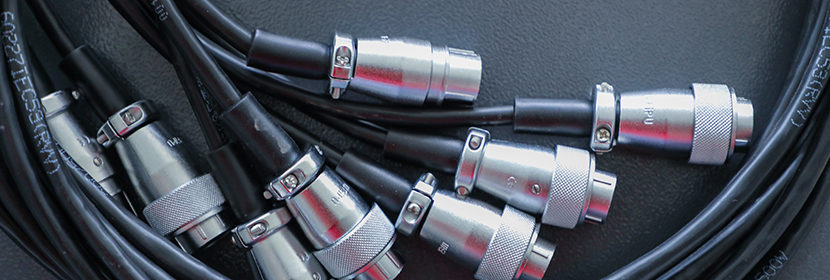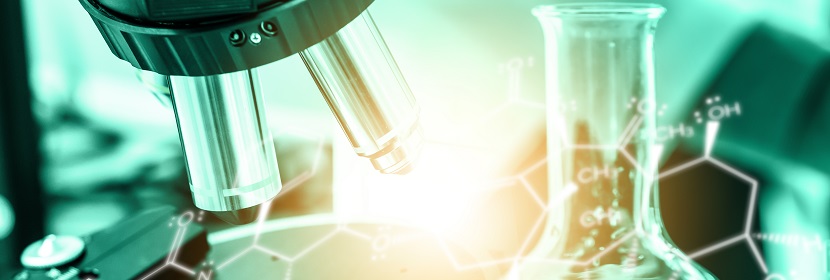循环腐蚀试验
忠科集团提供的循环腐蚀试验,循环腐蚀试验是一种模拟真实环境中材料或产品在重复暴露于不同气候条件下的耐腐蚀性能的测试方法,报告具有CMA,CNAS认证资质。

循环腐蚀试验是一种模拟真实环境中材料或产品在重复暴露于不同气候条件下的耐腐蚀性能的测试方法。这种试验通常包括多个循环阶段,如盐雾、湿热、干燥等,以模拟材料在实际使用中可能遇到的各种气候和环境条件。
在循环腐蚀试验中,样品会经历一系列的加速腐蚀过程,旨在观察和评估材料在这些条件下的耐蚀性、外观变化、力学性能变化以及其他相关性能的变化。这种试验主要用于评估和预测材料或产品的长期耐腐蚀性能,以及优化防腐设计和防腐工艺。
循环腐蚀试验广泛应用于汽车、航空航天、海洋工程、电力设备、建筑材料等多个行业,对于提高产品质量、延长产品寿命、保障设备安全具有重要意义。
检测标准
循环腐蚀试验的标准主要有以下几种:
1. ASTM G85-Standard Practice for Accelerated Weathering Tests with Corrosion Primers: 这是美国材料与试验协会制定的标准,用于模拟自然环境中材料的腐蚀情况,包括盐雾、湿热、干燥等循环条件。
2. ISO 12944-Part 9: This is an international standard developed by the International Organization for Standardization, which specifies the performance requirements and test methods for protective paint coatings for steel structures in corrosive environments. It includes cyclic corrosion testing as part of the evaluation process.
3. GMW 14872: This is a standard developed by General Motors for cyclic corrosion testing. It involves exposing test specimens to a series of environmental conditions that simulate real-world corrosion processes.
4. SAE J2334: This is a standard developed by the Society of Automotive Engineers for cyclic corrosion testing of automotive coatings. It includes a specific sequence of exposure to salt spray, humidity, and dry conditions.
5. ISO 9227: This standard specifies the basic requirements for salt spray (fog) tests used to evaluate the corrosion resistance of metallic materials.
Each of these standards provides detailed guidelines for the setup, operation, and evaluation of cyclic corrosion tests, including the types of environmental conditions to be used, the duration and frequency of exposure, and the methods for assessing corrosion damage. The specific standard used will depend on the type of material or product being tested and the industry in which it is used.
检测流程
循环腐蚀试验流程通常包括以下步骤:
1. 试验需求确认:与客户进行沟通,明确试验的目的、样品信息、试验标准和具体要求。
2. 样品接收:客户提交待测试的样品,实验室对样品进行接收并记录相关信息。
3. 预处理:根据试验标准和样品特性,进行必要的预处理,如清洗、干燥、表面处理等。
4. 试验设置:根据试验要求,设置循环腐蚀试验的参数,包括温度、湿度、盐雾时间、干燥时间、循环次数等。
5. 试验执行:将样品放入腐蚀试验箱中,按照设定的参数进行循环腐蚀试验。试验过程中可能会定期观察并记录样品的腐蚀情况。
6. 中期检查(如有必要):在试验进行到一定阶段时,可能需要进行中期检查,评估样品的腐蚀程度和试验进度。
7. 试验结束和样品评估:完成设定的循环次数后,取出样品,进行清洗和干燥。然后由专业的技术人员对样品的腐蚀情况进行详细的观察、测量和评估。
8. 数据分析和报告编写:根据试验结果和评估数据,进行数据分析,编写详细的试验报告。报告中应包括试验条件、试验过程、样品腐蚀情况、评估结果和结论等内容。
9. 报告审核和提交:试验报告经过内部审核后,提交给客户。客户对报告内容进行审查,如有疑问或需要进一步说明,实验室应及时进行沟通和解答。
以上就是一般的循环腐蚀试验流程,具体步骤可能会因试验标准、样品特性和客户需求的不同而有所调整。
在循环腐蚀试验中,样品会经历一系列的加速腐蚀过程,旨在观察和评估材料在这些条件下的耐蚀性、外观变化、力学性能变化以及其他相关性能的变化。这种试验主要用于评估和预测材料或产品的长期耐腐蚀性能,以及优化防腐设计和防腐工艺。
循环腐蚀试验广泛应用于汽车、航空航天、海洋工程、电力设备、建筑材料等多个行业,对于提高产品质量、延长产品寿命、保障设备安全具有重要意义。
检测标准
循环腐蚀试验的标准主要有以下几种:
1. ASTM G85-Standard Practice for Accelerated Weathering Tests with Corrosion Primers: 这是美国材料与试验协会制定的标准,用于模拟自然环境中材料的腐蚀情况,包括盐雾、湿热、干燥等循环条件。
2. ISO 12944-Part 9: This is an international standard developed by the International Organization for Standardization, which specifies the performance requirements and test methods for protective paint coatings for steel structures in corrosive environments. It includes cyclic corrosion testing as part of the evaluation process.
3. GMW 14872: This is a standard developed by General Motors for cyclic corrosion testing. It involves exposing test specimens to a series of environmental conditions that simulate real-world corrosion processes.
4. SAE J2334: This is a standard developed by the Society of Automotive Engineers for cyclic corrosion testing of automotive coatings. It includes a specific sequence of exposure to salt spray, humidity, and dry conditions.
5. ISO 9227: This standard specifies the basic requirements for salt spray (fog) tests used to evaluate the corrosion resistance of metallic materials.
Each of these standards provides detailed guidelines for the setup, operation, and evaluation of cyclic corrosion tests, including the types of environmental conditions to be used, the duration and frequency of exposure, and the methods for assessing corrosion damage. The specific standard used will depend on the type of material or product being tested and the industry in which it is used.
检测流程
循环腐蚀试验流程通常包括以下步骤:
1. 试验需求确认:与客户进行沟通,明确试验的目的、样品信息、试验标准和具体要求。
2. 样品接收:客户提交待测试的样品,实验室对样品进行接收并记录相关信息。
3. 预处理:根据试验标准和样品特性,进行必要的预处理,如清洗、干燥、表面处理等。
4. 试验设置:根据试验要求,设置循环腐蚀试验的参数,包括温度、湿度、盐雾时间、干燥时间、循环次数等。
5. 试验执行:将样品放入腐蚀试验箱中,按照设定的参数进行循环腐蚀试验。试验过程中可能会定期观察并记录样品的腐蚀情况。
6. 中期检查(如有必要):在试验进行到一定阶段时,可能需要进行中期检查,评估样品的腐蚀程度和试验进度。
7. 试验结束和样品评估:完成设定的循环次数后,取出样品,进行清洗和干燥。然后由专业的技术人员对样品的腐蚀情况进行详细的观察、测量和评估。
8. 数据分析和报告编写:根据试验结果和评估数据,进行数据分析,编写详细的试验报告。报告中应包括试验条件、试验过程、样品腐蚀情况、评估结果和结论等内容。
9. 报告审核和提交:试验报告经过内部审核后,提交给客户。客户对报告内容进行审查,如有疑问或需要进一步说明,实验室应及时进行沟通和解答。
以上就是一般的循环腐蚀试验流程,具体步骤可能会因试验标准、样品特性和客户需求的不同而有所调整。











